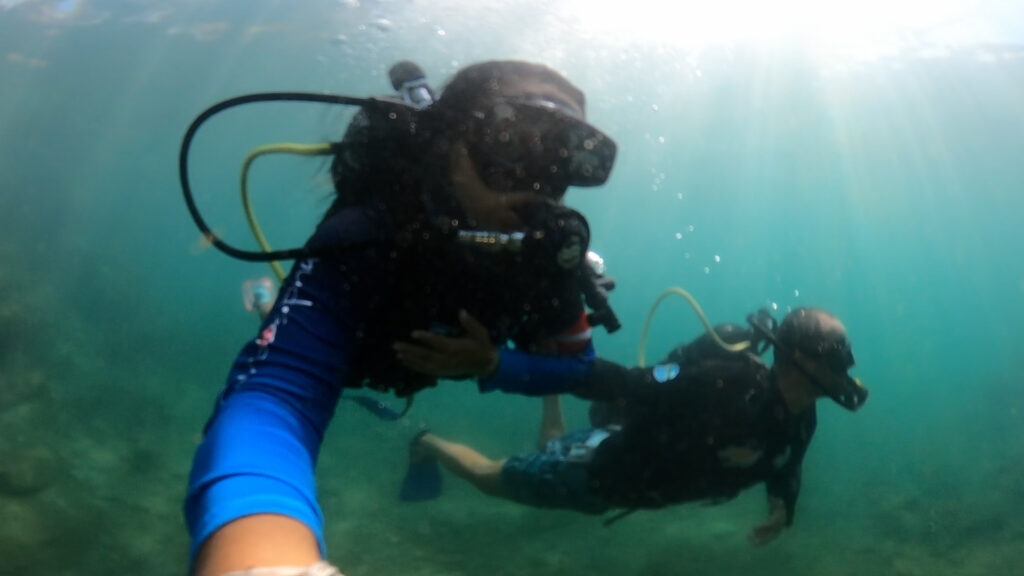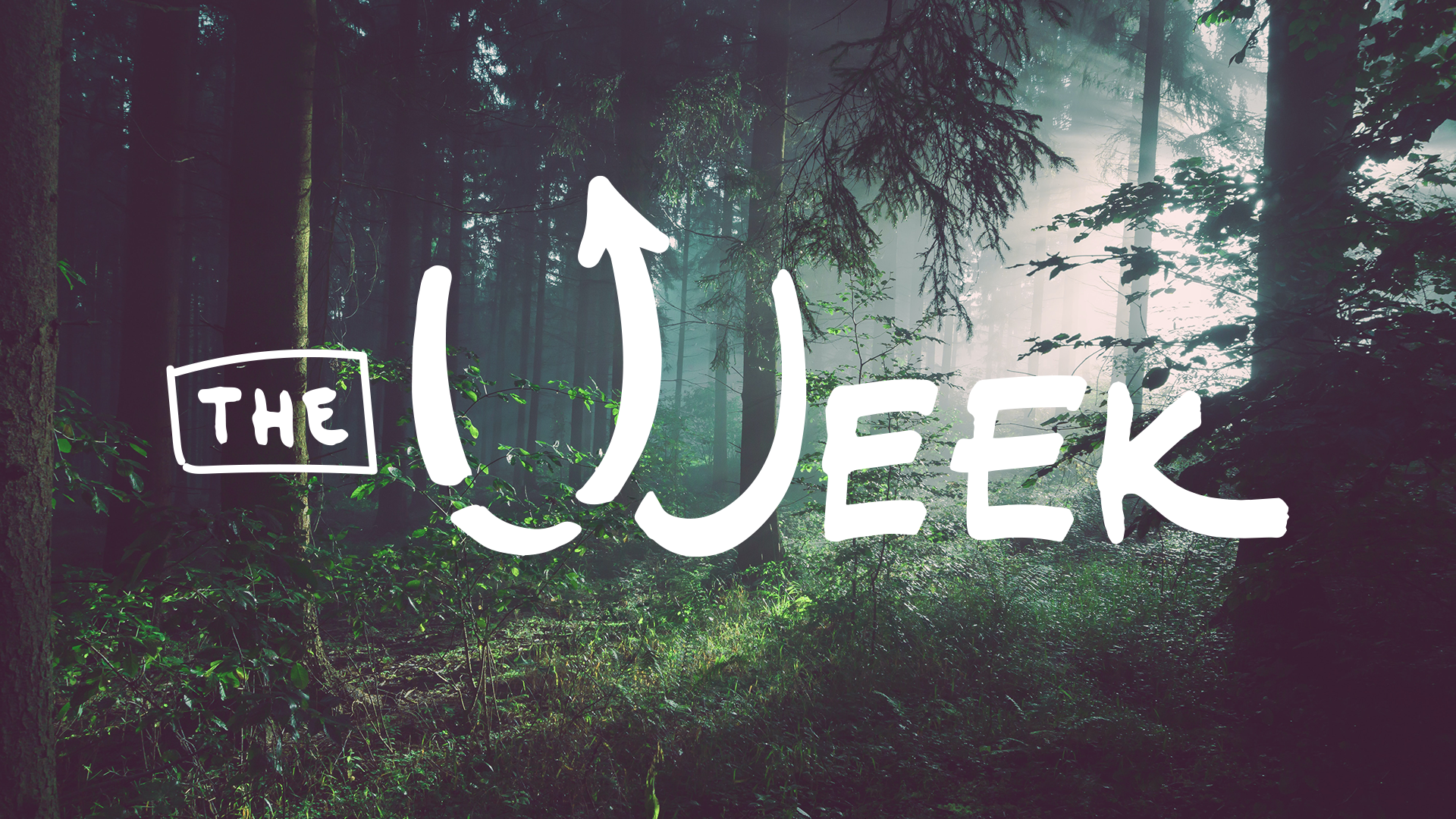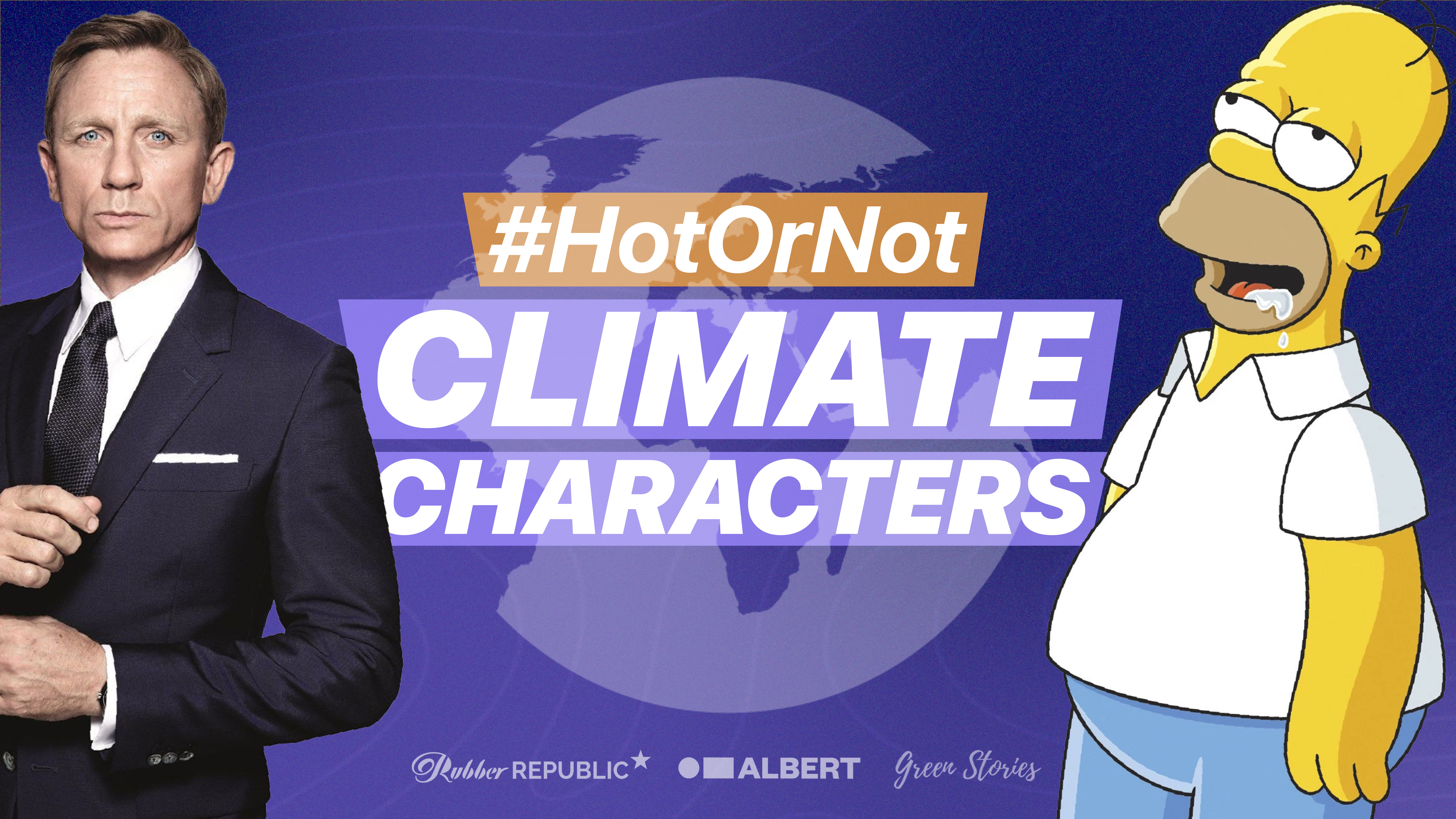How did five climate activists from across the globe bring
VR films to COP26 to show their fight for climate justice?

The effects of the Climate Crisis are impacting communities across the world right now. To mitigate the worst effects of climate change and redesign our systems, we must listen to those most affected by the crisis.
Over the last 9 months, we worked with our friends at Picture Zero, SOS-UK and Mock COP to support young activists facing the effects of the climate crisis by facilitating the creation of five groundbreaking VR stories to be presented at COP26.
Hearing stories from those being affected by climate change right now is crucial. By standing shoulder to shoulder with those with lived experience of the crisis, we can focus on our shared humanity, learn how we can achieve climate justice for all and be inclusive in our collective decision-making when building a better world.
When seeing the call-out for activists to get involved, activist Daniela Balaguera from Colombia thought ‘this will be the perfect opportunity to record audio-visually what is happening now’. Rakesh Chalwadi, a waste-picker from India, said ‘When I heard about this opportunity, I readily agreed because I want more people to understand the role of waste pickers in preserving the environment and mitigating climate change’.
The response to the call-out was immense. Along with Daniela and Rakesh, we had activists from across the world tell their climate realities: Txai Suruí from Brazil alongside Carolina Oliveira Dias from Engajamundo, Jonathan Olwenyi from Uganda and Bea Dolores from The Philippines.
The narratives of these films are deeply personal to each activist and highlight how Climate Change is affecting them and their communities currently.
Dani: I wanted other people to know that the Arhuaco indigenous people exist, that we consider ourselves the guardians of the heart of the world, and in accordance with that work, we raise our voices to alarm the world that due to human intervention, plus the effects of climate change, we indigenous people are seeing our cultural practices threatened by the large-scale loss of natural elements that support our cultural identity.
The defence of Mother Nature is a duty for everyone and that we can no longer remain silent about our reality. To invite everyone to have more environmental, social and cultural awareness, to act soon and to defend Mother Nature together, so that we do not disappear along with those species that are threatened.
Rakesh: I wanted people to realise how waste pickers are environmental activists. It came across well in the film. Another message that I wanted to give the state and the corporations (and even the consumers) is that they all have a say in how the waste is managed and should be critical of their own choices as well.
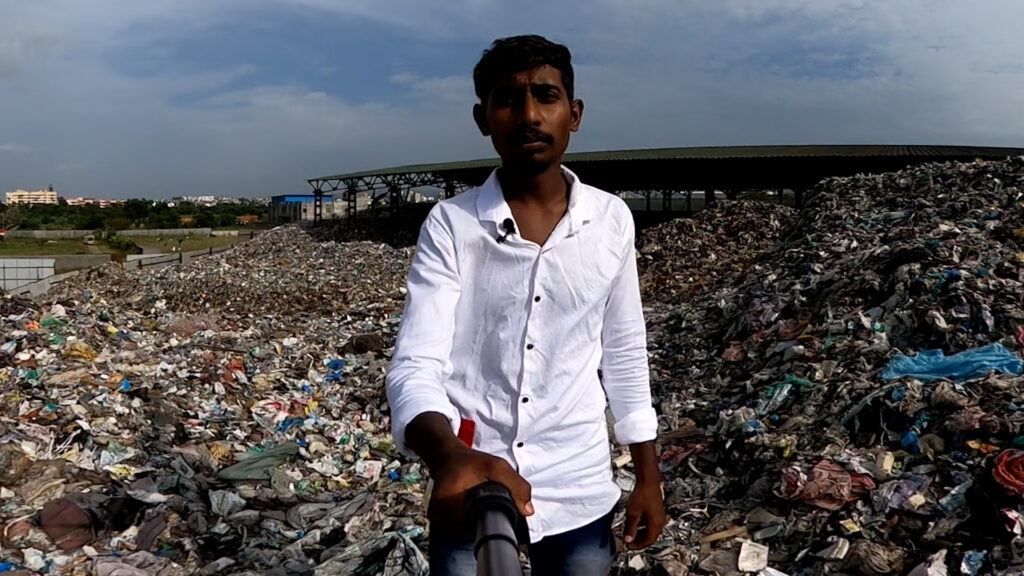
Txai: The message was to show how the destruction in the Amazon region actually happens. We hear a lot about its destruction, but people aren’t really aware of what happens inside indigenous lands, the process of genocide and the attacks suffered by them.
The part I enjoyed the most was being able to record and show the places inside my territory. I feel like we were able to show the reality of the territory and follow the narrative of showcasing reality. Of course there is a lot more we would like to be able to show, but the timespan is short and sometimes I wasn’t able to film for several specific reasons (not related to the project itself).
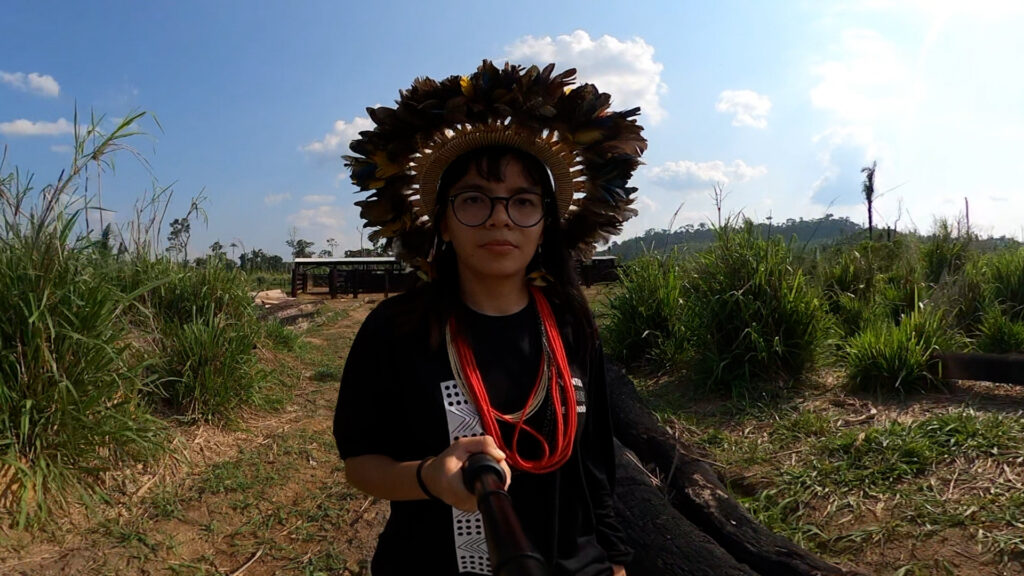
Jonathan: The most interesting part was the 360 footage, working with the young people, showing the world the impacts of climate change in our communities and effects of wetland degradation. Many friends, including local photographers who saw the footage and pictures, were so excited and appreciated the camera because 360 images and videos are so unique. Coming from the indigenous community settings of Africa, this was a new innovation for us.
To tell their stories, we provided the activists with a box of equipment including a GoPro Hero MAX and Zoom H1n Audio Recorder. We then trained them via Zoom on how to use them.
Rakesh: At first, I was very unsure and hesitant. But as we did some trial shots I got a sense of it. After every scene, we used to check how the footage came in so that helped us to be comfortable about how to hold the stand and also the placing of the mic.
Jonathan: At first it was challenging but through the support team, we were able to use it.
Dani: When I finally understood how the camera worked, the applications on the mobile phone and the computer, I no longer needed so much help to record and everything began to take shape. I felt that I was fulfilling the objective, that I was really telling a story. I think it was a moment of relief because I was able to put together the sequence of the narrative, accompanied by the right images.
Txai: The equipment was easy to use. Initially there were some challenges specially related to the tripod and the voice recorder, as I had never worked with those before, but with time everything was figured out. Yay!
It also allowed Dani in Colombia to film a very special meeting which if we had a full production crew, wouldn’t be possible:
Dani: The Mamos (indigenous authorities) do not always allow filming in sacred spaces, so getting the images there was important, valuable and very comforting, because their permission, as well as their words, are of great contribution to these processes of young people with new technologies.
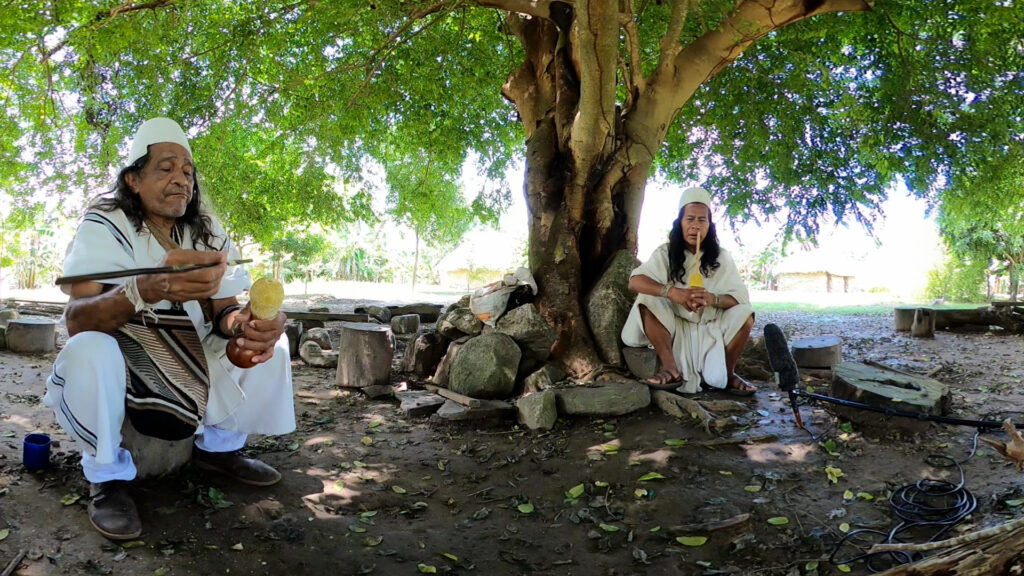
After the production, the activists were given the equipment to make the project go further and express themselves as their journey for Climate Justice develops. We are delighted to hear that they already have exciting plans for the equipment.
Rakesh: We plan to use it to make more films on youth engagement with issues of waste. We have already started using the camera for short videos – we recently made a short film on some children sharing a poem on the constitution of India.
Jonathan: We are capturing footage for our other projects, including planting fruit trees in health centres, giving school materials to vulnerable children, plastic waste management and training on how to make reusable sanitary towels.
Carolina: Yes, we’ll keep using the camera at Engajamundo to register other projects and denouncements as we did in this one. Txai also used the camera to record a indigenous youth meeting inside the territory – amazing content!
